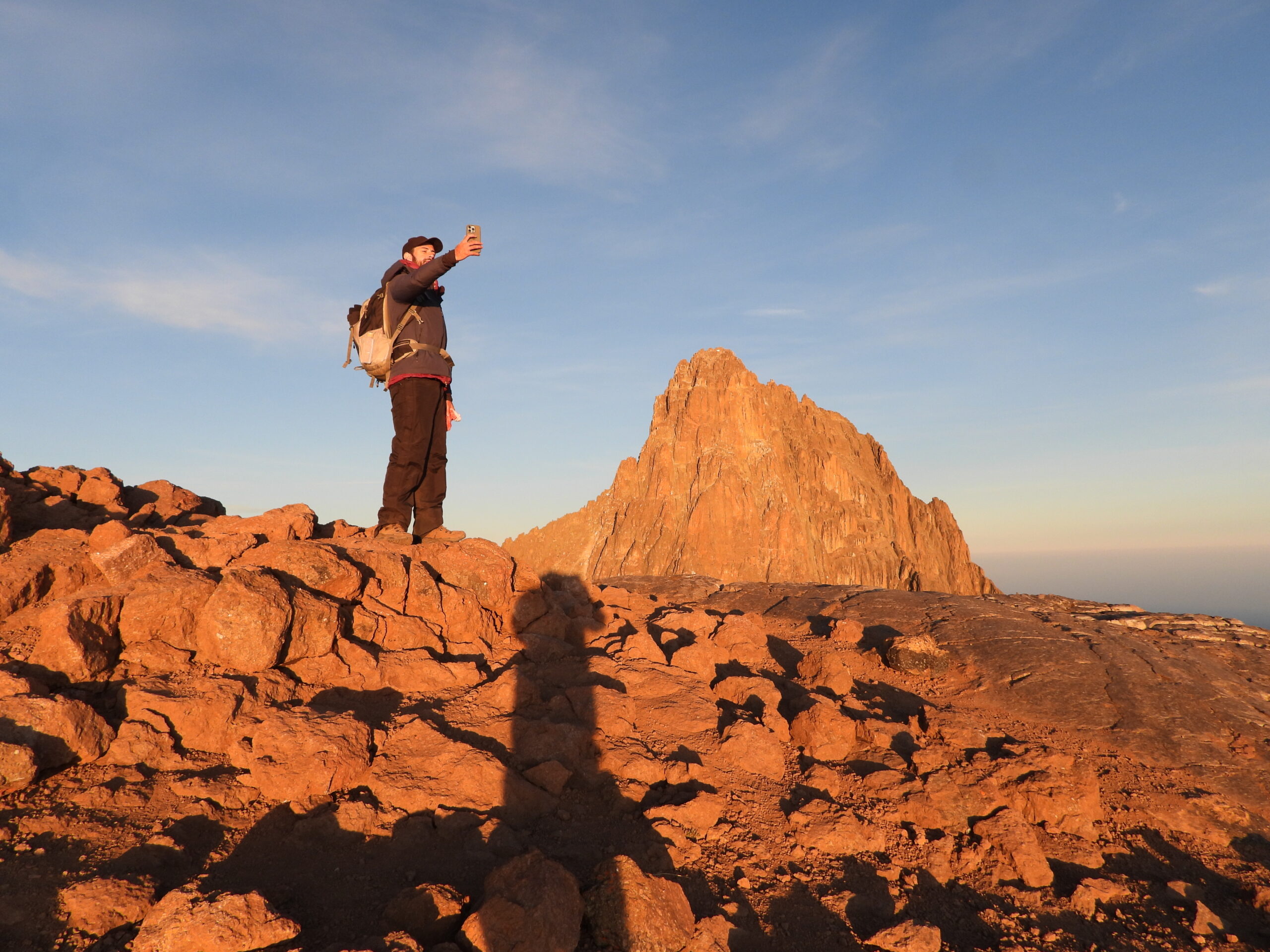
Top Mistakes to Avoid When Climbing Mount Kenya
Top Mistakes to Avoid When Climbing Mount Kenya. Climbing Mount Kenya is an incredible adventure—but it’s not without its challenges. Whether you’re aiming for Point Lenana (4,985m), Nelion (5,188m), or Batian (5,199m), proper preparation is key to your success. Many trekkers make avoidable mistakes that can lead to altitude sickness, fatigue, missed summits, or a poor experience.
At Ahambi Tours, we’ve guided hundreds of climbers to the summit. Here are the top mistakes to avoid when climbing Mount Kenya—and how you can get it right.
-
Underestimating the Altitude
Mount Kenya’s high elevation can affect even the fittest trekkers.
- Batian: 5,199 meters (technical climb)
- Nelion: 5,188 meters (technical climb)
- Point Lenana: 4,985 meters (trekking summit)
Climbers who rush the ascent or don’t acclimatize properly risk acute mountain sickness (AMS).
Avoid this mistake:
- Choose an itinerary with gradual ascent (5–6 days recommended)
- Drink 3–4 liters of water daily
- Walk “pole pole” (slowly) and avoid alcohol
-
Choosing the Wrong Route
Each route offers a unique experience. Choosing based only on duration or cost can result in a tougher, less enjoyable trek.
- Sirimon: Gentle, ideal for acclimatization
- Chogoria: Scenic and beautiful—great for descent
- Naro Moru: Fast but steep and muddy
-
Packing the Wrong Gear (or Too Little)
Packing poorly can lead to cold nights, discomfort, and injuries.
Avoid this mistake:
- Use a detailed Mount Kenya packing list
- Rent high-quality gear from Ahambi Tours
- Dress in layers to handle rapid weather changes
-
Not Training or Getting Physically Ready
Even if Point Lenana is a trekking summit, long hiking days and steep climbs demand good fitness.
Avoid this mistake:
- Train for 4–6 weeks with cardio and strength workouts
- Practice hiking on hills with a loaded backpack
-
Ignoring Altitude Sickness Symptoms
AMS can affect anyone. Ignoring it can lead to serious health issues.
Avoid this mistake:
- Always tell your guide if you feel unwell
- Do not ascend if symptoms persist
- Our guides carry Diamox and are trained in altitude care
-
Skipping Travel Insurance
Emergencies at high altitude can require evacuation or treatment.
Avoid this mistake:
- Get insurance that covers high-altitude trekking and emergency evacuation
-
Not Choosing a Reputable Tour Operator
Low-cost operators may lack proper safety standards, equipment, and trained staff.
Avoid this mistake:
- Book with trusted companies like Ahambi Tours
- Check reviews and ensure guides are certified
-
Climbing During the Wrong Season
Weather on Mount Kenya can change rapidly. Some months have heavy rain and poor visibility.
Avoid this mistake:
- Climb during January–March or June–October
- Avoid April, and November due to heavy rain
-
Not Drinking Enough Water
Dehydration at altitude increases fatigue and the risk of AMS.
Avoid this mistake:
- Drink 3–4 liters of water per day
- Use a hydration pack or refillable bottle
-
Not Mentally Preparing for the Trek
Even with good fitness, a poor mindset can ruin the experience.
Avoid this mistake:
- Know the challenges—basic toilets, long days, early mornings
- Focus on the summit goal and enjoy the process
Frequently Asked Questions (FAQs)
Do I need technical skills to climb Mount Kenya?
- Only for Batian and Nelion. Point Lenana is a trekking peak and requires no technical climbing experience.
Do I need to bring all the gear?
- No. Ahambi Tours provides gear rental including sleeping bags, trekking poles, and warm jackets. You can rent what you don’t have.
Is altitude sickness common?
- It can affect anyone. That’s why our itineraries include slow ascents, hydration breaks, and guide supervision. We also carry Diamox.
What’s the best time of year to climb?
- The best months are January to March and June to October —clear skies and dry trails. Avoid rainy months like April, May, and November.
Can children or seniors climb Mount Kenya?
- Yes. We have guided kids as young as 7 and adults over 65 to Point Lenana. It all depends on the pace and route chosen.
Do I need supplementary oxygen?
- No. Mount Kenya does not require supplementary oxygen for treks to Point Lenana. Our guides monitor your acclimatization closely.
Climb Mount Kenya the Right Way with Ahambi Tours
Ahambi Tours offers guided Mount Kenya treks with experienced local guides, flexible itineraries, quality equipment, and full support. We help you avoid these common mistakes and focus on making your summit a success.
Plan your trek today: Website: Mount Kenya Trekking Email: info@ahambitours.co.ke WhatsApp: +254 725 727167
